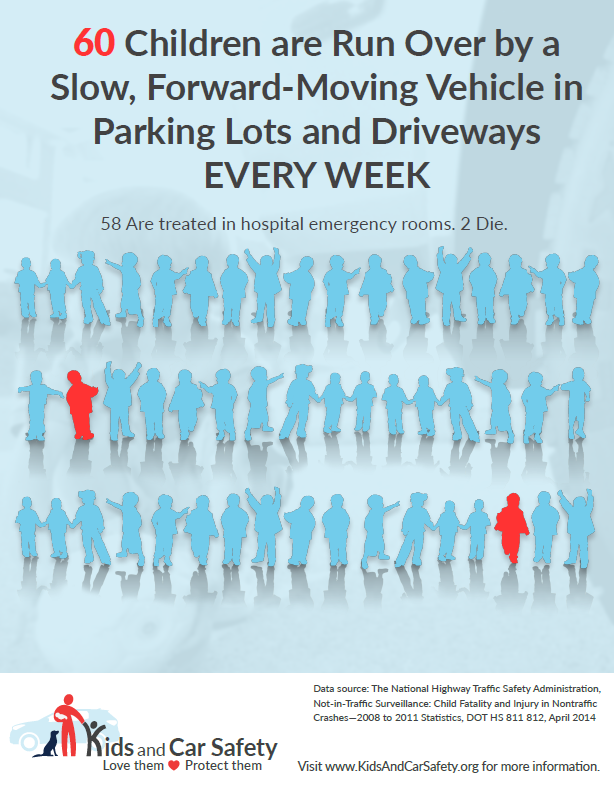A Step Toward Safer Streets: The Pedestrian Protection Act Targets Dangerous Megacars
 As pedestrian accident lawyers, we’ve seen the devastating consequences of vehicular negligence and poor design choices by automakers. The introduction of the Pedestrian Protection Act by Rep. Mary Gay Scanlon (D-Pa.) represents a crucial step in addressing a long-overdue issue: the alarming rise in pedestrian fatalities caused by increasingly massive and dangerously designed vehicles.
As pedestrian accident lawyers, we’ve seen the devastating consequences of vehicular negligence and poor design choices by automakers. The introduction of the Pedestrian Protection Act by Rep. Mary Gay Scanlon (D-Pa.) represents a crucial step in addressing a long-overdue issue: the alarming rise in pedestrian fatalities caused by increasingly massive and dangerously designed vehicles.
For years, safety ratings for vehicles have been heavily skewed towards protecting those inside the car, while largely ignoring the risks these vehicles pose to pedestrians and cyclists. The new bill seeks to change that by requiring the National Highway Traffic Safety Administration (NHTSA) to develop safety standards that consider the likelihood of a pedestrian surviving a crash with one of these massive trucks or SUVs.
Why This Bill Matters
In the United States, the average vehicle has grown by eight inches in height over the past three decades. This increase in size directly correlates with a sharp rise in pedestrian deaths. These tall vehicles are not just larger; they have enormous blind spots and strike pedestrians at the level of their vital organs, making them far more lethal in collisions.
The Pedestrian Protection Act would push NHTSA to include critical pedestrian safety information on vehicle safety rating stickers at dealerships, making it more visible to consumers. This move could be a game-changer, encouraging buyers to consider the broader impact of their vehicle choices on the safety of those around them.
The Road Ahead
While the bill focuses on updating the New Car Assessment Program (NCAP) to reflect pedestrian safety, it doesn’t go as far as preventing automakers from selling vehicles that fail these tests. However, it does lay the groundwork for more stringent regulations in the future. If successful, this legislation could lead to a cultural shift where consumer demand and regulatory pressure push automakers to prioritize pedestrian safety in their designs.
What Needs to Happen Next
The passage of the Pedestrian Protection Act is far from guaranteed. With heavy resistance expected from both automakers and consumers who are deeply attached to large vehicles, advocates and concerned citizens must make their voices heard. Contacting representatives and pushing for the inclusion of this bill in the next federal surface transportation legislation will be critical steps in turning this proposal into law.
As legal professionals dedicated to advocating for the rights and safety of pedestrians, we understand the urgency of this issue. The data is clear: larger vehicles are disproportionately responsible for the rise in pedestrian deaths. It’s time for our laws and safety standards to catch up with this reality.
 New York Personal Injury Attorneys Blog
New York Personal Injury Attorneys Blog


